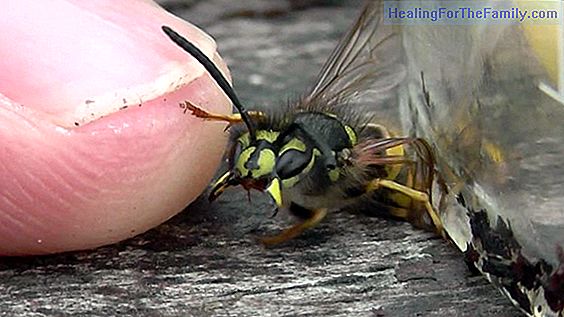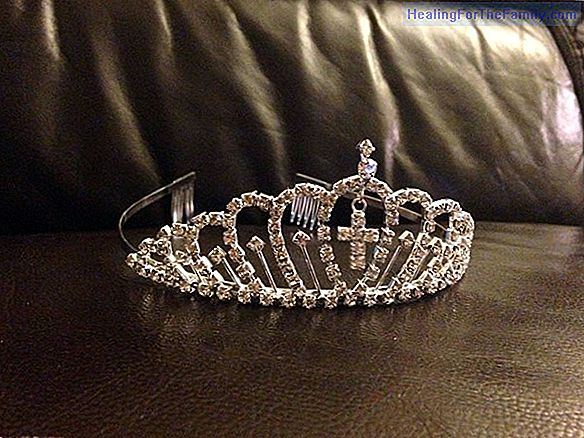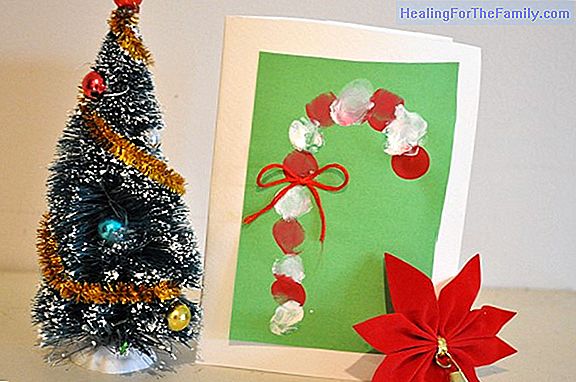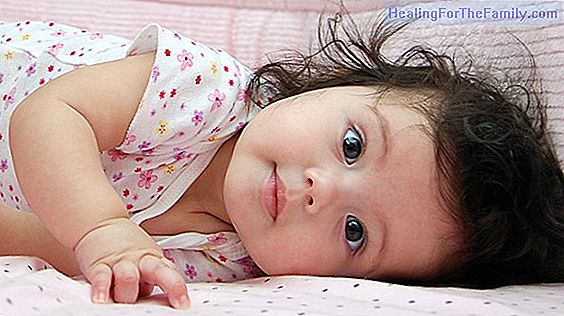Birth spots on babies
Nearly 80 percent of newborns have a mark or spot on their skin. Some of those birthmarks will disappear over time and others will remain for a lifetime, but the vast majority of them do not pose risks to the health of your baby. However, as soon as you notice any spots on the baby, it is best to te
Nearly 80 percent of newborns have a mark or spot on their skin. Some of those birthmarks will disappear over time and others will remain for a lifetime, but the vast majority of them do not pose risks to the health of your baby.
However, as soon as you notice any spots on the baby, it is best to tell the pediatrician.
Birthmarks in babies
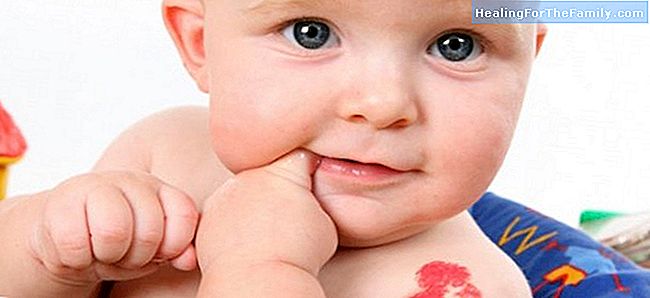
Many children are born with some alterations in skin color. Sometimes, these spots do not appear on the newborn, but take a few weeks to manifest. These birthmarks are of many types and are more frequent on the baby's face, neck and head. Be aware of any stain or birthmark, especially if it changes color or size.
The origin of these frequent birthmarks in the baby can be genetic or by some hormonal alteration of the mother during pregnancy. And although we insist that they are rarely indicative of a health problem, we also insist on having them "controlled" by a professional. In no case should treat the baby's spots on their own initiative applying creams or remedies without medical supervision. Types of birthmarks -
Macules.
They are red vascular spots that also receive the affectionate name of "angel kisses". They are the most common birthmarks and appear on the forehead, eyelids, neck, upper lip or baby's nose. In most cases they disappear before two years. - Port wine stains.
They are also vascular markings that arise at the moment of birth and that can be distributed throughout the body. These spots do not usually disappear on their own, but tend to darken and increase in size as the baby grows. Therefore, these spots need treatment. - Hemangiomas. These intense red spots are very frequent in premature babies who have not completed their development. They appear anywhere on the body and can sometimes present with a slight bump, so special care must be taken if they are in the area of the eyes or mouth because it may affect the baby's functions.
- Coffee-with-milk spots. These spots are very frequent in newborns and there is nothing to worry about if a spot or two appears. On the other hand, it is advisable to pay more attention if the café-au-lait spots are scattered all over the body and getting bigger and bigger.
- Mongolian spots. These are manchas blue or gray spots that appear on the buttocks or on the back of babies, especially those with darker skin. Usually these birthmarks disappear at three or four years of age.
Laura Velez. Child Guides Editor




